Corpus-Christi-Polymer – PTA-PET 10-01-2023 - Arhive
Corpus-Christi-Polymer – PTA-PET
Crude Oil Prices Trend
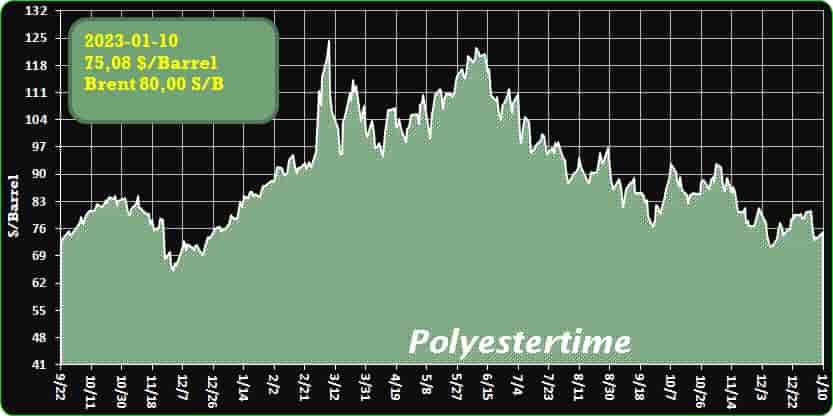
-Corpus Christi Polymer Resumes Construction of PTA/PET Plant
“We like to remind you that everything stems from an idea and intuition of Guido Ghisolfi (unfortunately passed away in March 2015) who in 2013 started the construction of the Corpus Christi plant.”
When CCP starts production in 2025, this will be the largest vertically-integrated PTA-PET production facility in the world.
Corpus Christi Petroleum (CCP) has resumed construction of its new plant in Texas, which when slated for start-up in 2025 will represent the world’s largest vertically-integrated PET/PTA facility, producing 2.4 billion lb/yr of PET and another 2.8 billion lb/yr of purified PTA. CCP is backed by three of the world’s leading PET and PTA companies: Alpec S.A.B. de C.V., Indorama Ventures Holding LP, and Far Eastern Investment Holding Limited of Taiwan. Corpus-Christi-Polymer – PTA-PET
CCP will employ three of the latest technologies in this industry including InegRex in PTA, Invista in PET melt, and CCP’s proprietary Easy Up technology in PET solid state. CCP says that using these innovative processes, their products offer key technical advantages compared to competing packaging materials in their versatility, durability, heat resistance, light weight, cost competitiveness and 100% recyclability. The company will produce its own industrial water by desalination, minimizing impact on Corpus Christi’s potable water supply.
Sarens, a global leader in heavy lifting, engineered transport and crane rental, will have a crucial role as a supplier of the cranes required for this work. Sarens will move various units, including a Liebherr LR1350 unit with a maximum capacity of 350 tons and a Demag CC2800 with a maximum capacity of 660 tons, to the new CCP facility.

-Germany energy crisis powers hydrogen switch
From the moment Russian gas exports to Germany were first disrupted in June, German firm Kelheim Fibers began casting around for alternative options to keep its engines running, said Reuters.
As a result, the Bavarian-based firm, whose fibers are used in anything from teabags to tampons, will be able to use heating oil instead of gas starting mid-January. The downside is that will increase carbon emissions and for the longer term, the firm is considering a switch to hydrogen, which is a much cleaner energy source provided it is produced using renewable power.
“We want to be one of the first large companies in Bavaria to switch to hydrogen,” Craig Barker, managing director of the 87-year-old firm, told Reuters. Energy costs account for over 60%-70% of the company’s variable expenses, overtaking that of its main raw material, Barker said.
Kelheim Fibers is one of many small and medium-sized companies that form the backbone of Europe’s biggest economy, and that are seeking to diversify their energy mix to maintain output. Russia’s reduction of gas supplies to Germany following Moscow’s invasion of Ukraine in February, has forced Berlin to reactivate or extend the lifespan of its coal-fired power plants, putting greenhouse emissions targets in jeopardy.
However, ifo economist Klaus Wohlrabe said the crisis could eventually lead to greener production. “Relying on fossil fuels for the long term has proven to be a risky path. So in the medium term, at least, companies have no choice but to reorientate themselves,” Wohlrabe said.
Kelheim Fibers, which has so far covered 85% of energy needs with gas, is in talks with stakeholders over hydrogen imports with an expected annual consumption of about 30,000 tons, starting from 2025, Barker added. “We definitely need infrastructure,” he said, adding that a pipeline will be needed to connect to the German refinery Bayernoil and a port to cover the demand the company cannot meet from domestically produced hydrogen.
Earlier this month, Germany’s Economic Affairs Ministry approved the construction of the country’s first hydrogen pipeline network. It also announced an action plan to support small and medium-sized companies as they switch to climate-neutral production, including expanding hydrogen infrastructure.
More is required to accelerate investments in hydrogen, including a Hydrogen Act to cut bureaucracy and regulate the hydrogen ramp-up quickly, utility industry association BDEW said earlier this month.
“2023 must provide new impetus for investments in renewable energies, hydrogen, hydrogen-capable gas-fired power plants and energy networks,” BDEW president Kerstin Andreae said.
We remind, Evonik has concluded the divestment of its triacetonamine (TAA) derivatives business to Italian chemical company Sabo. Financial details were not disclosed. The deal had been announced in October. Production sites in Marl, Germany and Liaoyang, China as well as 250 employees were included in the transaction.
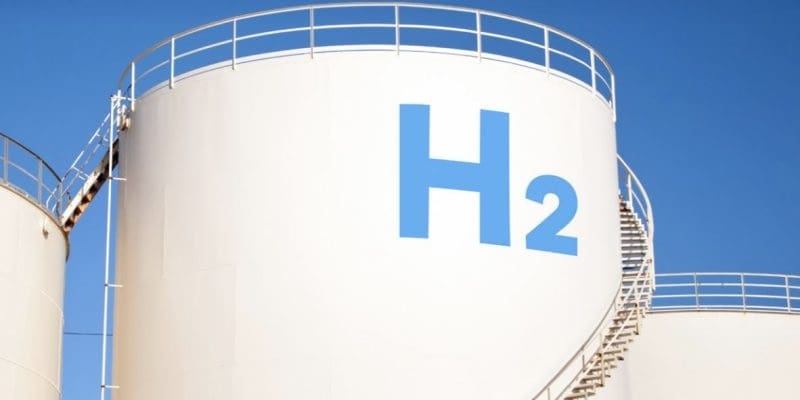
-Promise of pressolysis in recycling glass fibre composites
Longworth’s Deecom process gently removes a range of organic materials from composite fibres.
Following success in a project for recycling carbon composites with its multi-patented Deecom ‘pressolysis’ process, Blackburn, UK-based B&M Longworth is part of a new consortium which will explore the recycling of glass fibre composites.
The Emphasizing Project has received funding from Innovate UK and in addition to Longworth, will involve partners the Brunel Composites Centre (Brunel University London), EMS Chemie, Ford, Gestamp UK, Gen2Plank and TWI.
It will assess, process and analyse materials from wind turbine blades, as well as automotive and marine parts to create roadmaps for recycling.
The consortium will work to demonstrate the feasibility of fabricating automotive end products from upcycled glass fibre materials, including a technical step change from established processes such as pyrolysis and solvolysis, with Deecom technology.
This pressolysis process enable the high-yield reclamation of high-quality, clean, reusable fibres that are free from residues and have a retained length and properties akin to virgin materials. Corpus-Christi-Polymer – PTA-PET
The recovered, clean fibres will then be upcycled through resizing. It is hoped that through finding several use cases for the resized material, the industry will have access to a brand new, advanced material that would be on-shored and readily available at a low cost.
Glass fibre reinforced plastic (GFRP) makes up the majority of the global £54.5 billion composites market and the construction, infrastructure and transport sectors are large-scale users, accounting for 70% of the one million-plus tons of GFRP produced annually in Europe alone. In addition, the wind energy sector is expected to decommission 40,000-60,000 tons of composite wind blade material over the next two years, further adding to the amount of GFRP waste.
Intact carbon tows
The Emphasizing project builds on the success of the UK project involving B&M Longworth, the National Composites Centre and Cygnet Texkimp in demonstrating the recovery of intact tows from a carbon fibre over-wrapped pressure vessel using pressolysis.
This achievement received the Innovation in Composite Materials award at the 2022 Composite UK Industry Awards.
Cygnet Texkimp was able to reuse the tows in the manufacture of a new pressure vessel and now plans to commercialise the technology worldwide.
Using a combination of compression and decompression cycles or ‘pressure swings’, Longworth’s Deecom process gently removes a range of organic materials from composite fibres, effectively reversing the bond between fibre and matrix. The process takes place in a pressure vessel filled with superheated steam. Corpus-Christi-Polymer – PTA-PET
Depending on the polymer type, temperatures above 200°C will melt or soften the polymer and a degree of hydrolysis will occur. When at pressure, the steam will penetrate fissures in the polymer where it condenses before, upon decompression, it boils, causing an instant physical fracturing of the polymer chain and carrying away monomers and oligomers along with polymer fragments from the outer faces.
Since the process interacts with the resins rather than the fibre, it has been demonstrated to reclaim format, length and structure of post-industrial or end-of-life waste composites, whether cured or uncured. Energy use may be high due to long duration, high temperature pressure cycling, though likely to be still much lower than virgin carbon fibre manufacturing energy. The benefits of being able to recover long tows intact are significant.
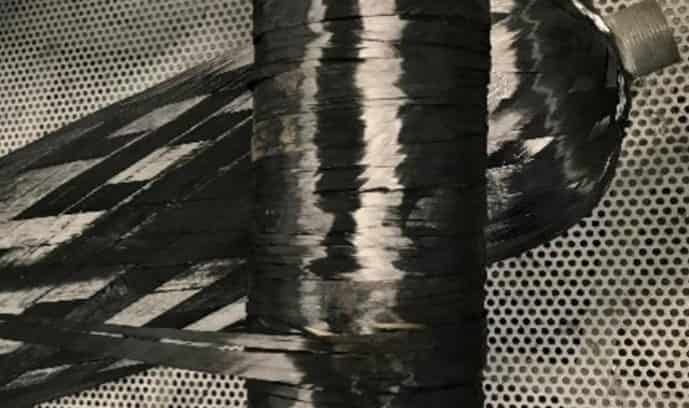
-US’ Standard Fiber & Noble Biomaterials develop anti-microbial fabric
US-based Standard Fiber, one of the world’s largest suppliers to the home textile market, and Noble Biomaterials, a global leader in antimicrobial solutions for soft surface applications, have formed an exclusive partnership to bring Ionic+ mineral antimicrobial, which protects against the growth of microbes on soft surface materials, to the home textile market. Corpus-Christi-Polymer – PTA-PET
The active ingredient in Ionic+ is silver, which is permanently bound within polymer fibres and will not wash out. When applied properly, positively charged silver ions are attracted to negatively charged odour-causing bacteria. The ions attracted to the bacteria’s DNA disrupt its respiration, cell division, and replication process, according to a press release by Standard Fiber.
Because Ionic+ technology is self-cleaning of microbes on fabric, fewer washes are needed, thus conserving energy, water, and natural resources. Ionic+ antimicrobial technology is EPA registered, BPR compliant, and OEKO-TEX Standard 100 Certified.
“Standard Fiber is consistently seeking out innovative performance technologies outside of the home textiles market to develop advanced sleep and home goods products for our customers in anticipation of consumer needs,” said Chad Altbaier, Standard Fiber CCO. “Known for being the leader in permanent antimicrobial solutions across the apparel, military, and healthcare industries, we are delighted to partner with Noble Biomaterials and its Ionic+ mineral antimicrobial technology to develop new home textile products that incorporate Standard Fiber’s core Elements of Sleep: wellness, protection, design, comfort, and sustainability.”
“Ionic is the perfect technology to meet Standard Fiber’s home textile objectives,” said Ian Pund, Noble Biomanterials’ executive vice president. “Our goal is to allow our partners to innovate and create new product that change markets. Apparel brands have long taken advantage of Ionic+ and we’re excited to see how Standard Fiber leads home textiles.”
The scope of the Standard Fiber and Ionic+ mineral antimicrobial technology exclusive partnership includes mattress textiles, pads, toppers, and encasements, basic bedding and towels for consumer and institutional markets, as well as DTC furniture brands across North America. Corpus-Christi-Polymer – PTA-PET
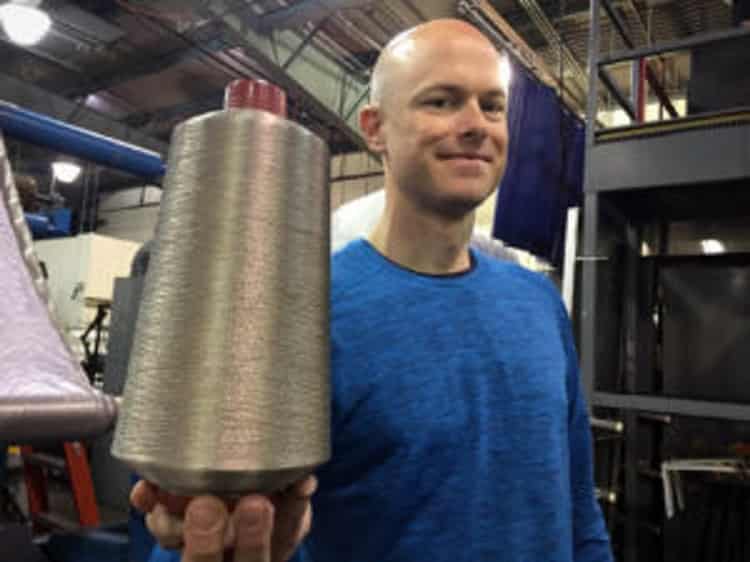
-Canadian Packaging: Packaging for Beverages Is Growing More Sustainable
PET or glass bottle, aluminium can, beverage carton or maybe even a paper bottle, single use or multiple use – there is a huge range of choices for packaging beverages. But which is the most sustainable? The focus has increasingly been placed on ecological aspects over the last few years in this sector. And not only for packaging material: these aspects have also become important for filling and actual packaging processes.
Some beverages simply come with classic packaging. We usually buy beer or wine in a glass bottle, milk in a carton and soft drinks in a PET bottle. Over the last few years, however, customers have become ever more critical, and sustainability issues have grown in importance for the beverages sector. Plastics especially now have a bad reputation – which is often undeserved. How well a type of packaging fares when looking at the ecological balance depends on many different factors. Experts therefore are hesitant to give general advice. Corpus-Christi-Polymer – PTA-PET
A short overview: Glass bottles are neutral in taste, but also fragile and heavy. However, they are more suitable for multiple uses than any other type of packaging. PET bottles, too, can be refilled several times and then recycled. They are shatterproof and notably lighter than glass bottles. Plastics, however, have had a bad reputation with customers for some time now, in spite of the very high recycling quota for PET beverage bottles in Germany at more than 94 per cent. Beverages in aluminum cans still enjoy popularity. But the extraction of the raw material and the production of the cans from raw aluminum comes with a huge cost in terms of energy, so everything comes down to the collection quota, because there is no limit to the number of times the cans can be recycled. Beverage cartons are also always single use, but they are for the most part made from renewable raw materials. Improved procedures meanwhile ensure that the cardboard, aluminum and plastics components are separated. The Umweltbundesamt, the German Environmental Agency, therefore classifies them as “single use packages with ecological advantages.”
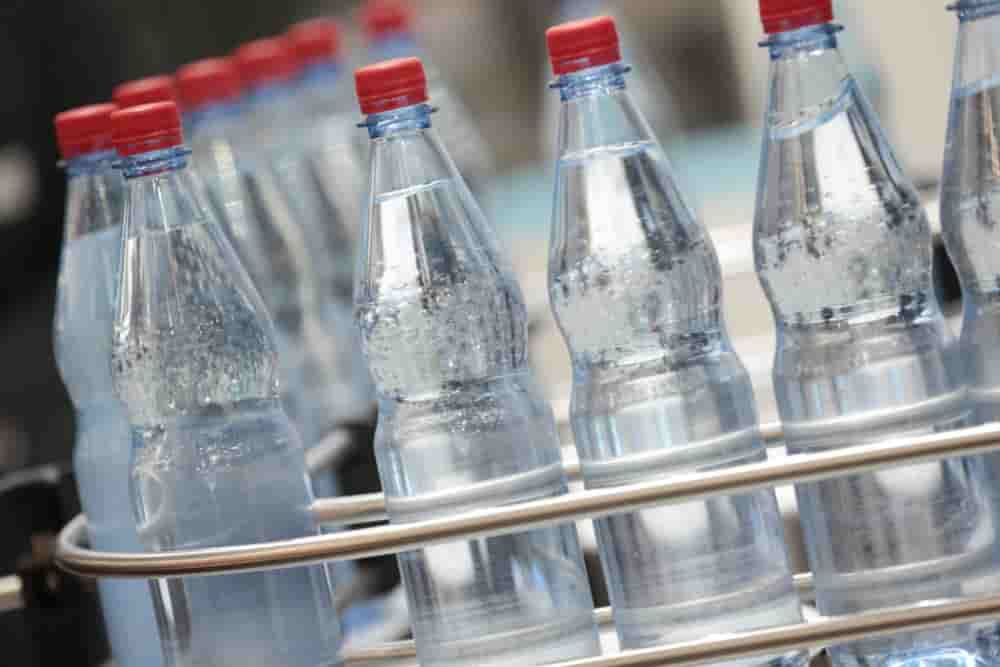
-Turkey’s Damteks partners with Haelixa to trace recycled acrylic fiber
Swiss traceability company, Haelixa and Damteks Textiles have announced a partnership to mark and trace recycled acrylic fiber. Customers can place orders for recycled yarn from Damteks that already has the distinctive Haelixa DNA attached.
The Haelixa solution consists of DNA markers that have been dissolved in liquid and sprayed in a fine mist onto fibers. After spraying, spot checks are carried out to look for DNA and identify the product. The test is based on PCR technology, which has forensic validity and is 100% reliable. Corpus-Christi-Polymer – PTA-PET
In the previous year, blended yarn’s demand increased, according to Damteks. Most frequently, a blend of 70% standard fiber and 30% recycled fiber is requested. Damteks actively looked for a solution because brands are seeking for ways to be more sustainable. To verify the recycled acrylic in the mixture, they are giving yarn with Haelixa DNA.
To begin the relationship that will last through 2023, their team traveled to Istanbul’s Damteks recycling facility. The DNA is sprayed on the recycled fibers before spinning as part of the traceability scheme created for them.
Haelixa provides producers with a customized device to spray the DNA liquid over the fibers when they don’t already have built-in moisturizing systems. This special sprayer was designed to complem4ent the client’s mechanical processing.
İsmail Cem Atalay, Board Member of Damteks, said that taking pride in its meticulous selection of ecologically friendly solutions for its production processes, Damteks is a family-owned company. For further legitimacy and dependability, Damteks decided to have their products Marked and Traced by Haelixa” in addition to the certifications they already hold, such as GRS, RCS, GOTS, and OCS. As a manufacturer, they feel the obligation to give sustainability solutions to their clients. Their partnership with Haelixa allows them to assure that they are giving the greatest product while taking into account the future of the planet.
Dr. Michela Puddu, CEO and co-founder of Haelixa, said that the textile sector is reacting to the needs of consumers and regulators for more transparency and credibility when it comes to eco-friendly materials. Haelixa solutions enables Damteks to give to companies traceable items that reveal their recycled origins.
Damteks intends to provide brands with marked and traced by Haelixa yarn in a variety of colors. Corpus-Christi-Polymer – PTA-PET
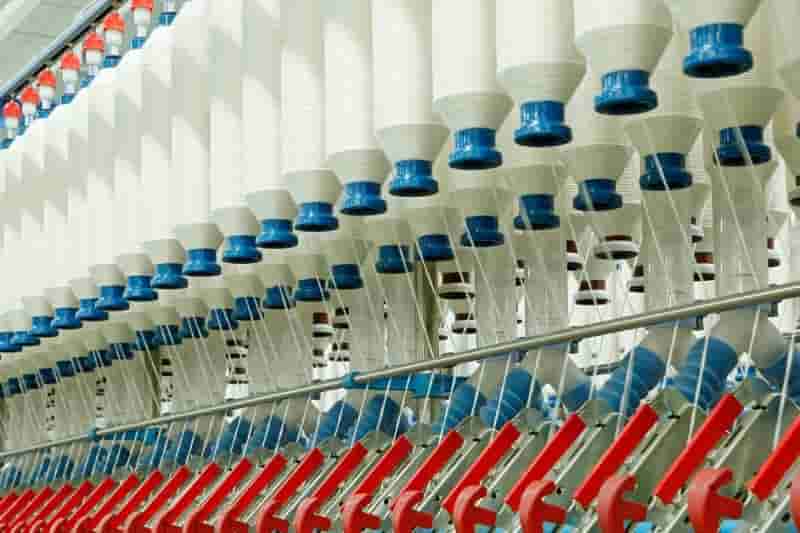
-UCR scientists develop method to turn plastic waste into potentially valuable soil additive
Useful char is made from plastic and corn waste
University of California, Riverside, scientists have moved a step closer to finding a use for the hundreds of millions of tons of plastic waste produced every year that often winds up clogging streams and rivers and polluting our oceans.
In a recent study, Kandis Leslie Abdul-Aziz, a UCR assistant professor of chemical and environmental engineering, and her colleagues detailed a method to convert plastic waste into a highly porous form of charcoal or char that has a whopping surface area of about 400 square meters per gram of mass. Corpus-Christi-Polymer – PTA-PET
Such charcoal captures carbon and could potentially be added to soil to improve soil water retention and aeration of farmlands. It could also fertilize the soil as it naturally breaks down. Abdul-Aziz, however, cautioned that more work needs to be done to substantiate the utility of such char in agriculture.
The plastic-to-char process was developed at UC Riverside’s Marlan and Rosemary Bourns College of Engineering. It involved mixing one of two common types of plastic with corn waste — the leftover stalks, leaves, husks, and cobs — collectively known as corn stover. The mix was then cooked with highly compressed hot water, a process known as hydrothermal carbonization.
The highly porous char was produced using polystyrene, the plastic used for Styrofoam packaging, and polyethylene terephthalate, or PET, the material commonly used to make water and soda bottles, among many other products.
The study followed an earlier successful effort to use corn stover alone to make activated charcoal used to filter pollutants from drinking water. In the earlier study, charcoal made from corn stover alone activated with potassium hydroxide was able to absorb 98% of the pollutant vanillin from test water samples.
In the follow-up study, Abdul-Aziz and her colleagues wanted to know if activated charcoal made from a combination of corn stover and plastic also could be an effective water treatment medium. If so, plastic waste could be repurposed to clean up water pollution. But the activated charcoal made from the mix absorbed only about 45% of vanillin in test water samples – making it ineffective for water cleanups, she said.
“We theorize that there could be still some residual plastic on the surface of the materials, which is preventing the absorption of some of these (vanillin) molecules on the surface,” she said. Corpus-Christi-Polymer – PTA-PET
Still, the ability to make highly porous charcoal by combining plastic and plant biomass waste is an important discovery, as detailed in the paper, “Synergistic and Antagonistic Effects of the Co-Pyrolysis of Plastics and Corn Stover to Produce Char and Activated Carbon,” published in the journal ACS Omega. The lead author is Mark Gale, a former UCR doctoral student who is now a lecturer at Harvey Mudd College. UCR undergraduate student Peter Nguyen is a co-author and Abdul-Aziz is the corresponding author.
“It could be a very useful biochar because it is a very high surface area material,” Abdul-Aziz said. “So, if we just stop at the char and not make it in that turn into activated carbon, I think there are a lot of useful ways that we can utilize it.”
Plastic is essentially a solid form of petroleum that accumulates in the environment, where it pollutes, entangles, and chokes and kills fish, birds, and other animals that inadvertently ingest it. Plastics also break down into micro particles that can get into our bodies and damage cells or induce inflammatory and immune reactions.
Unfortunately, it costs more to recycle used plastic than it costs to make new plastic from petroleum.
Abdul-Aziz’s laboratory takes a different approach to recycling. It is devoted to putting pernicious waste products such as plastic and plant biomass waste back into the economy by upcycling them into valuable commodities.
“I feel like we have more of an agnostic approach to plastic recycling when you can throw it in (with biomass) and use the char to better the soil,” she said. “That’s what we’re thinking.” Corpus-Christi-Polymer – PTA-PET
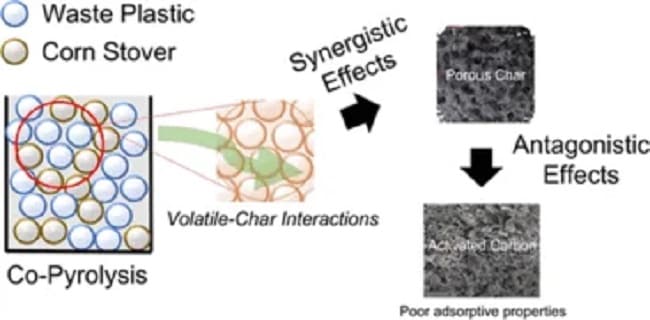
-Amcor System Receives Association of Plastics Recyclers Recognition
The Amcor AmSky™ recyclable blister packaging system has earned APR Critical Guidance Recognition for the flexible PE film recycling stream.
Each year, the APR Design® Recognition Program recognizes companies for their innovations that have collectively improved plastic recycling feedstocks, helping to create a circular economy for plastic packaging. The Amcor AmSky™ recyclable blister packaging system was submitted to APR and has received its Critical Guidance Recognition, the first pharmaceutical/nutraceutical blister packaging system known to have received the honor.
Amcor took the unique approach of designing both the lidding and thermoformed blister card of the AmSky™ recyclable blister packaging system using the same polymer, high density polyethylene (HDPE), one of the most widely recycled plastics today.
The Amcor AmSky™ recyclable blister packaging system offers pharmaceutical and nutraceutical companies a packaging solution that is compatible with the PE film recycling stream to replace traditional PVC/aluminum foil blister packages.
In fact, Amcor’s ASSET™ Life Cycle Assessment Tool estimates that AmSky™ reduces greenhouse gas emissions over typical PVC/aluminum foil-based blister packages by more than 50%. Corpus-Christi-Polymer – PTA-PET
AmSky™ is a drop-in replacement for most standard blister packaging. The blister packaging system meets regulatory and moisture barrier performance requirements, and provides the same push-through opening feature that consumers, patients, and caregivers already know how to use. AmSky™ also processes well on existing blister packaging machines with minimal adjustments to operating parameters.
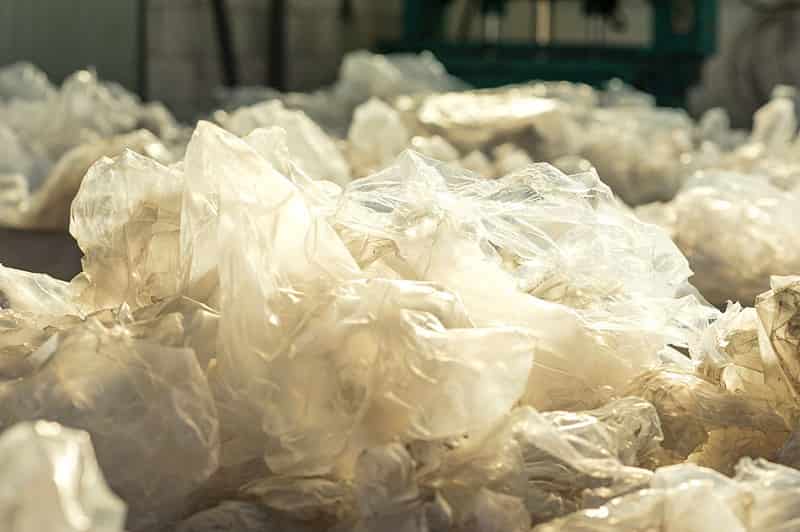
-New range of aseptic tethered caps for the European beverage industry
The European Union’s Single-Use Plastics Directive will come into effect in July 2024. Specifically, it seeks to reduce the environmental impact caused by single-use plastic products. Affaba & Ferrari, a TriMas Packaging brand, offers a range of tethered caps designed to remain permanently attached to the bottle after opening and during use – preventing unintended environmental waste caused by discarded caps.
Beverage closures are among the single-use plastic items most frequently found as waste on beaches within the European Union (EU). The aim of the EU’s new Single-Use Plastics Directive is to reduce unintended environmental waste and facilitate the recycling of caps and closures along with their containers: Plastic caps and lids will be required to remain attached to beverage containers of up to 3 liters in volume. With this in mind, TriMas Packaging is now offering tethered cap solutions throughout Europe – caps that remain permanently attached to a container after opening and during use.
One design with many benefits
Affaba & Ferrari’s range of tethered caps meets the EU’s requirements by offering several benefits to manufacturers, distributors and even consumers. The innovative tethered cap design ensures that the cap remains securely attached to the container when opened and in use. It is so robust that the bottle can be opened and closed over 15 times without compromising the integrity of the cap. Both manufacturers and distributors benefit from the cap’s versatility and flexible application possibilities: Due to the cap’s compatibility with both PET and HDPE bottles, costly neck changes are not required in the production process. The tethered caps are also suitable for aseptic filling, so manufacturers and distributors can ensure hygienic production. Additionally, a tamper-evident ring, for added protection, helps manufacturers guarantee product safety for consumers, who also benefit from the cap locking into a wide-angled position when opened – for convenient pouring and drinking.
To ensure that all customer requirements are met, TriMas Packaging offers two tethered cap solutions with different hinge options. The first product variant, a horizontal hinge tethered cap, features a diameter of 38 mm with an opening angle of 140°. The cap is also available in a lightweight design on request. The second product variant is a lightweight tethered cap with an injected hinge, available in diameters of 33 mm and 38 mm – and in two opening angles of either 180° (with hook) and 150° (without hook). Both caps are available in a variety of attractive color options, allowing customers to increase their brand identity and shelf presence.
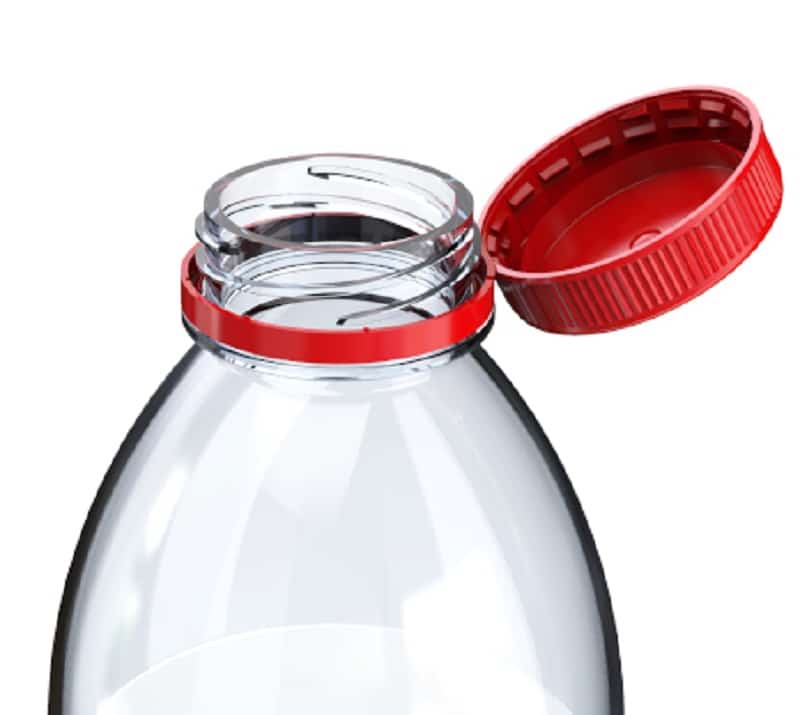
Corpus-Christi-Polymer – PTA-PET
